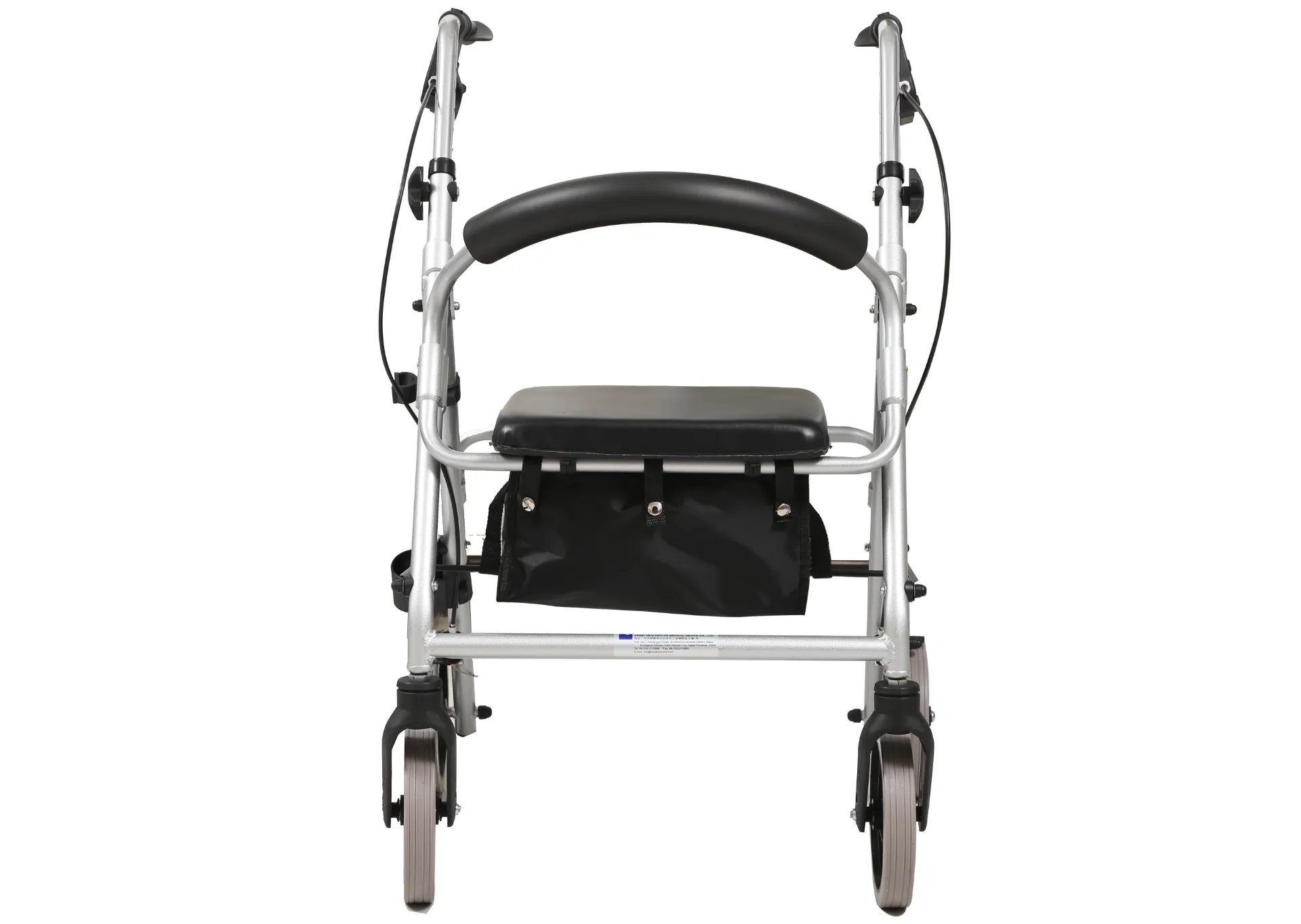Welcome to our websites!
special crutches
Special Crutches Bridging Mobility and Independence
Crutches have long been a crucial tool in aiding mobility for individuals with temporary or permanent disabilities. However, the category of special crutches extends this basic function into a realm of tailored solutions that accommodate a diverse range of needs. This article explores the evolution, types, and benefits of special crutches, emphasizing the importance of personalized support in enhancing mobility and independence.
Historically, crutches were simple wooden or metal rods that helped individuals who had difficulty walking due to injury, surgery, or other health conditions. However, as our understanding of mobility challenges and the human body has evolved, so too have the design and functionality of crutches. The introduction of special crutches can be traced to the recognition that not everyone has the same physical requirements, and therefore, a one-size-fits-all approach is insufficient.
One prominent type of special crutches is the forearm crutch, also known as elbow crutches. Unlike traditional underarm crutches, forearm crutches provide support through a cuff that wraps around the forearm. This design allows for a more natural grip and significantly reduces strain on the shoulders and wrists. Patients who have long-term mobility issues or those recovering from specific conditions often benefit from this style, as it allows for greater control and stability.
Another innovative option is the ergonomic crutch. Designed with user comfort in mind, ergonomic crutches feature handles and grips that conform to the natural shape of the hand, reducing fatigue during use. Some models are adjustable, allowing users to customize the height and angle for optimal support. This type of crutch is ideal for individuals who may require prolonged use due to chronic conditions or rehabilitation efforts.
Moreover, special crutches have also entered the realm of smart technology. Some modern crutches come equipped with sensors that can detect pressure and provide feedback to the user. These advanced crutches can indicate when to adjust posture, helping prevent secondary injuries often caused by improper usage. Such innovations reflect a growing trend toward integrating technology into mobility aids to promote user autonomy and safety.
special crutches

In addition to the physical advantages, special crutches also play a significant psychosocial role. They empower individuals with disabilities by enhancing mobility and independence, allowing them to engage more fully in everyday activities. For many, using specialized crutches can mean the difference between relying on assistance and reclaiming a sense of self-sufficiency. This empowerment is crucial in combating the societal stigma surrounding disabilities, promoting a more inclusive community.
Furthermore, the availability of colorful and stylish designs among special crutches addresses the aesthetic aspect that many users consider. For instance, crutches that feature customizable designs or vibrant colors can transform an assistive device into a fashion statement. This approach not only boosts user confidence but also encourages acceptance and normalizes the use of mobility aids.
The process of selecting the right type of special crutches is essential and should involve consultations with healthcare professionals, such as physical therapists and occupational therapists. These experts can provide guidance on which crutch type will best suit an individual's specific needs, ensuring that the chosen solution promotes mobility while minimizing discomfort or potential harm.
As we move forward, the ongoing advancement in design and technology will likely continue to shape the realm of special crutches. From enhanced ergonomics to smart features, the future of mobility aids promises a diverse array of options that cater to individualized requirements. Moreover, ongoing research in biomechanics and user feedback will further refine crutch designs, making them not only tools for mobility but also instruments of empowerment.
In conclusion, special crutches represent a significant leap in the quest for mobility independence. They symbolize a commitment to understanding the complex needs of individuals with disabilities and highlight the importance of personalized solutions. As we continue to innovate in this space, we must not forget the profound impact that such devices can have on enhancing the quality of life for countless individuals, enabling them to navigate their world with confidence and autonomy.
-
Transforming Healthcare with Hospital FurnitureNewsJun.24,2025
-
Rehabilitation EquipmentNewsJun.24,2025
-
Mobility and Independence with WheelchairsNewsJun.24,2025
-
Freedom of Mobility with Our Rollator WalkersNewsJun.24,2025
-
Comfort and Independence with Commode ChairsNewsJun.24,2025
-
Bathing Safety and Independence with Shower ChairsNewsJun.24,2025
-
Navigating the Wholesale Landscape of Electric Mobility Solutions: Key Considerations for Power Wheelchair DealersNewsJun.10,2025











